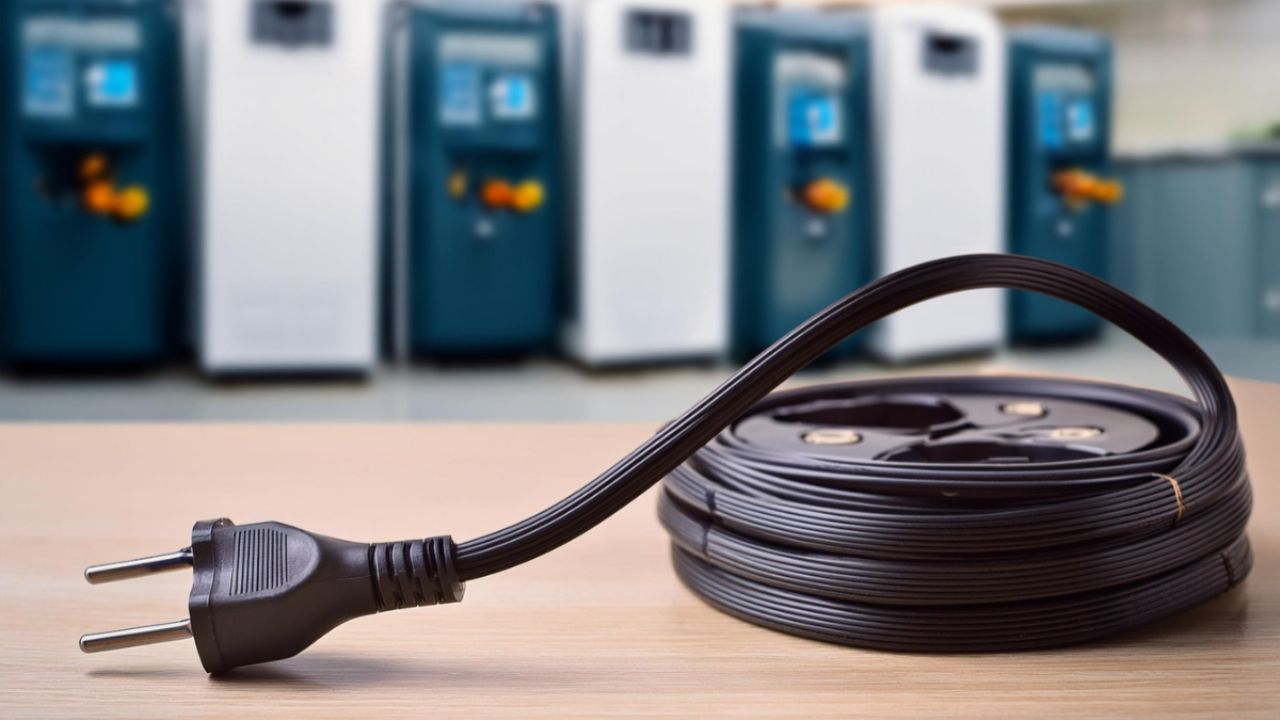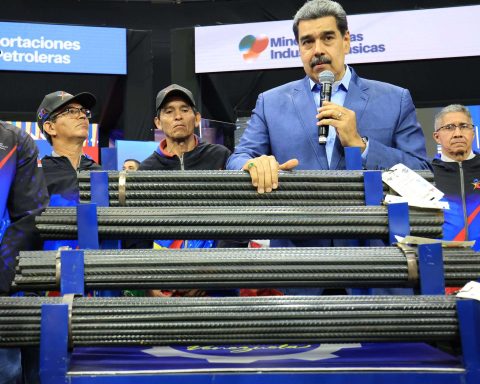In the kitchen, the microwave is one of the household appliances most used, but also one of the most dangerous if left plugged in constantly. Despite being an indispensable appliance for many people, its power and the energy consumption it requires even when in standby mode can be dangerous if not handled properly.
The main risk of leaving the microwave plugged in is the possibility of a short circuitThis type of electrical fault occurs when the current flows through an unintended path, which can cause overheating, damage to appliances and even fires. In a kitchen, where simultaneous use of several appliances is common and where humidity is a factor, this risk increases considerably. Unplugging the microwave when it is not in use is a simple but effective measure to reduce this danger.
It’s not just the microwave that can cause problems; other appliances in the kitchen should also be unplugged when not in use. Coffee makers, for example, although used daily, continue to consume energy even when not in use. In addition to reducing the risk of short circuitUnplugging the coffee maker also helps save energy, which is beneficial for both your pocket and the environment.
It is advisable to pay attention to other appliances such as blenders and food processors. These devices are usually used for short periods and do not need to be plugged in all the time. Keeping them plugged in unnecessarily not only increases the risk of a fire, but also increases the risk of injury. short circuitbut also contributes to the wear and tear of its internal components, reducing its useful life. Regularly checking the condition of cables and plugs is a practice that can prevent many problems in the long term.
The simple habit of unplugging the household appliances in the kitchen can have several additional benefits. Firstly, it contributes to a significant reduction in energy consumption, which translates into a lower electricity bill. Furthermore, by unplugging these appliances when not in use, their lifespan is extended by avoiding unnecessary wear and tear on their components, which also represents a long-term saving by reducing the need for repairs or replacements.


















